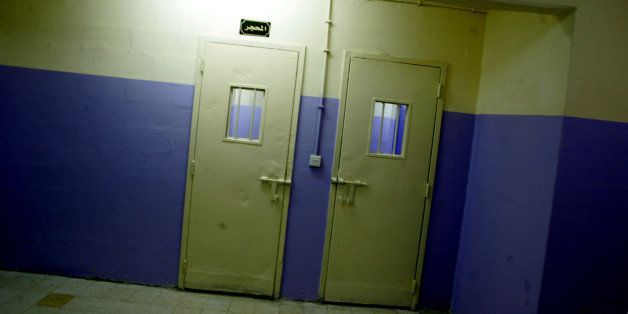
By Joseph Ax
NEW YORK, Aug 27 (Reuters) - A federal judge signaled on Wednesday he may order the U.S. government to release as many as 2,000 photographs depicting the alleged harsh treatment of detainees in U.S. custody at the Abu Ghraib prison in Iraq and other sites.
U.S. District Judge Alvin Hellerstein in New York ruled the U.S. Department of Defense had failed to show why releasing the photographs would endanger the lives of American soldiers and workers abroad.
He also said former Defense Secretary Leon Panetta apparently had not considered each individual photograph before determining in late 2012 that all of them should remain secret.
Hellerstein said he would let the government submit additional evidence justifying its finding before ordering the photographs released. He scheduled a hearing for Sept. 8 on the issue.
"During the course of this litigation, I have reviewed some of these photographs and I know that many of these photographs are relatively innocuous while others need more serious consideration," he wrote.
The Defense Department did not immediately comment on the ruling.
The photographs would be released in redacted form to conceal the identities of any individuals. Former Senator Joe Lieberman of Connecticut said in 2009 that there were nearly 2,100 photographs, Hellerstein said.
The dispute, prompted by a 2004 lawsuit from the American Civil Liberties Union, concerns documents, photographs and videos related to the treatment and death of prisoners held in U.S. custody abroad following the attacks of Sept. 11, 2001.
A handful of images depicting abuse at Abu Ghraib would emerge in 2004, prompting a public debate over whether the United States had engaged in torture through enhanced interrogation techniques.
In 2005, Hellerstein ruled that the government had to release photographs and videos documenting prisoner treatment at Abu Ghraib, a decision that was upheld on appeal.
But before the images became public, then-Iraqi President Nuri al-Maliki urged the U.S. government in 2009 to withhold the photographs to avoid creating further unrest in his country.
In response, Congress passed a law that blocked their release if the defense secretary certified it might endanger American lives.
Panetta's predecessor, Robert Gates, issued such a finding in 2009 and Hellerstein accepted it in 2011.
In 2012, when Gates' three-year certification was about to expire as per the statute, Panetta issued a new certification, but Hellerstein said on Wednesday that circumstances had changed.
"Three years is a long time in war, the news cycle, and the international debate over how to respond to terrorism," he wrote.
Lawyers for the government argued Hellerstein is not entitled to review Panetta's decision, a position the judge rejected.
Marcellene Hearn, an ACLU attorney, said in a statement that the photographs were disturbing, but should be made public.
"We have a right to know what resulted from senior officials' decision to authorize and tolerate the abuse and torture of prisoners," she added. (Reporting by Joseph Ax; Editing by Noeleen Walder and Andre Grenon)
